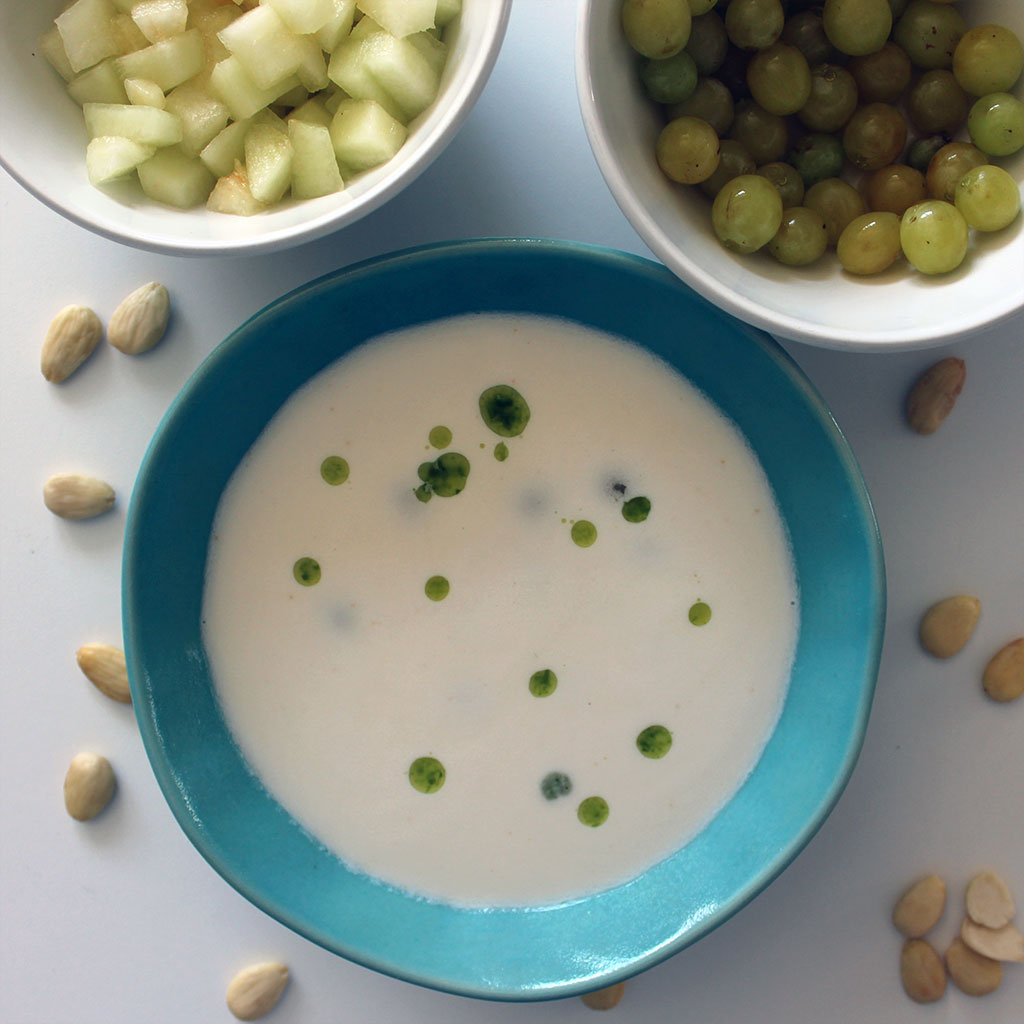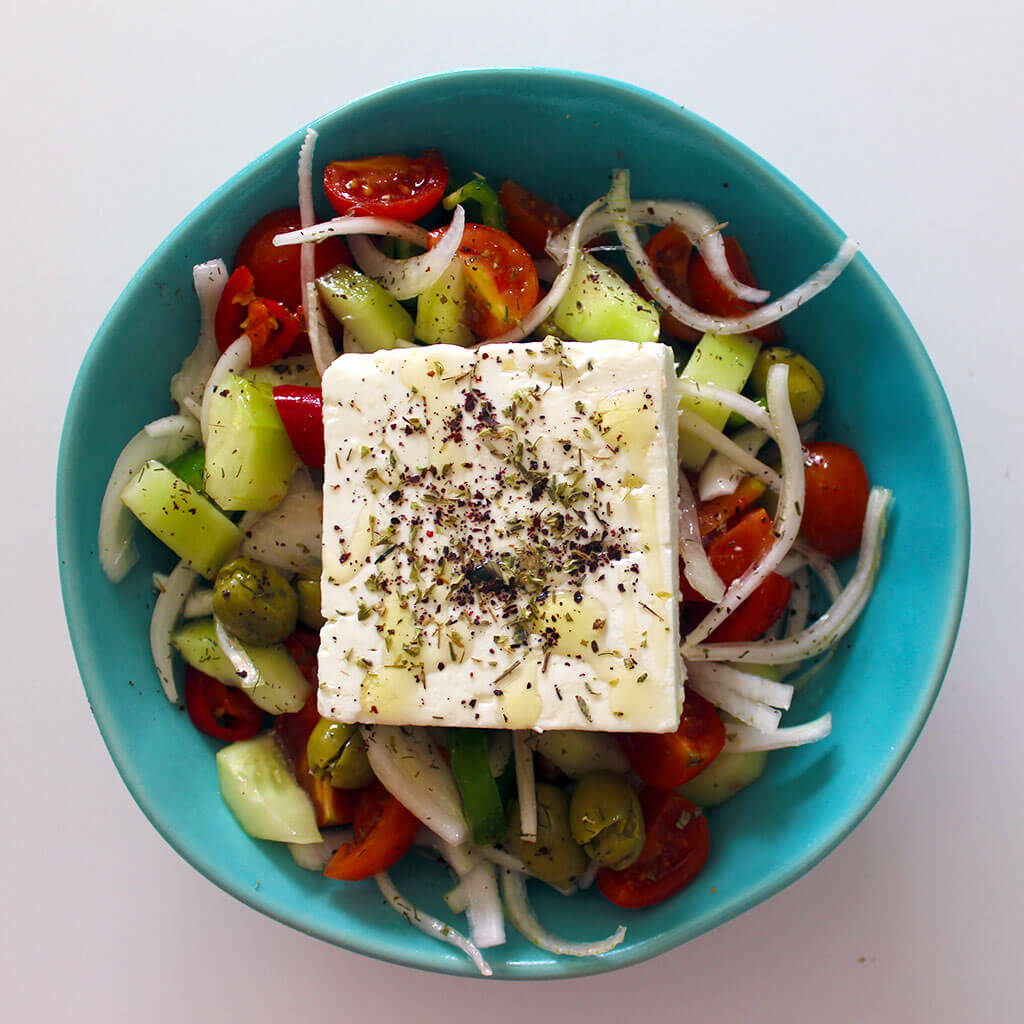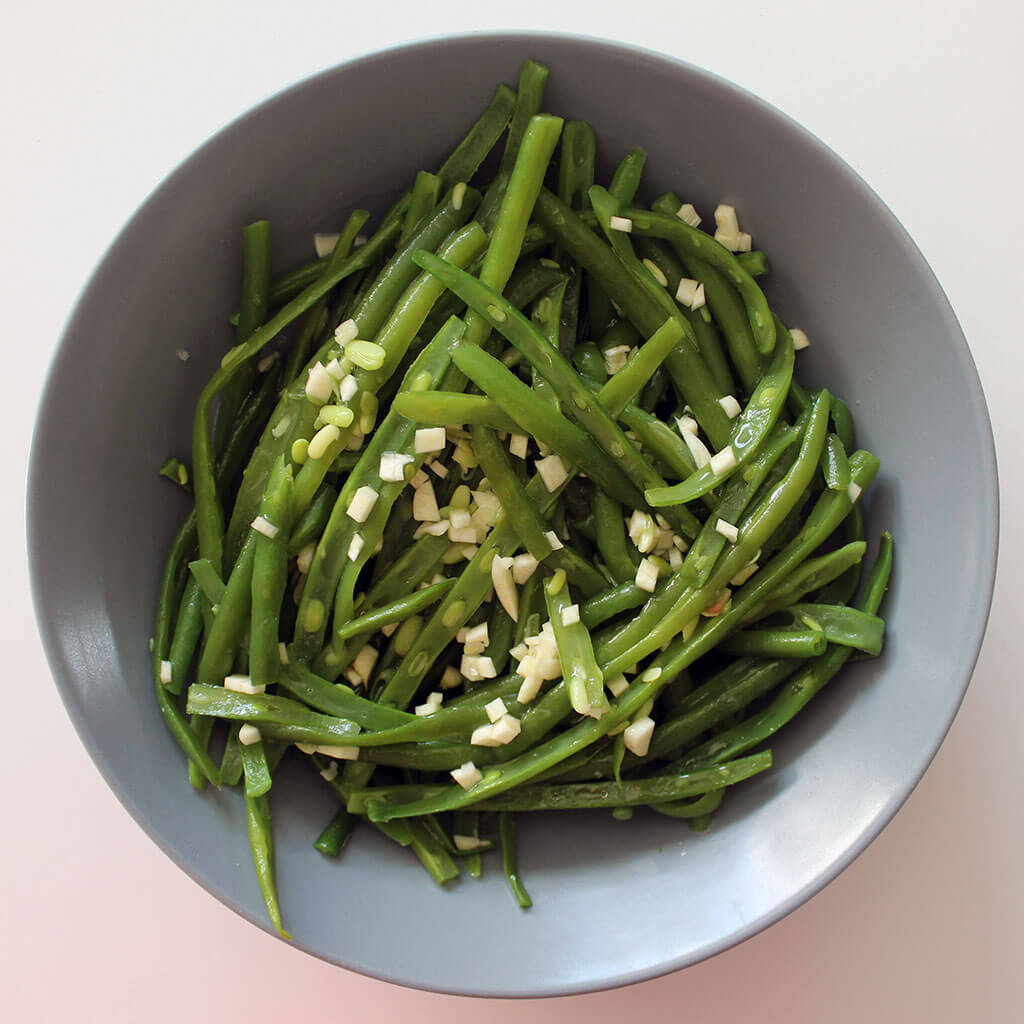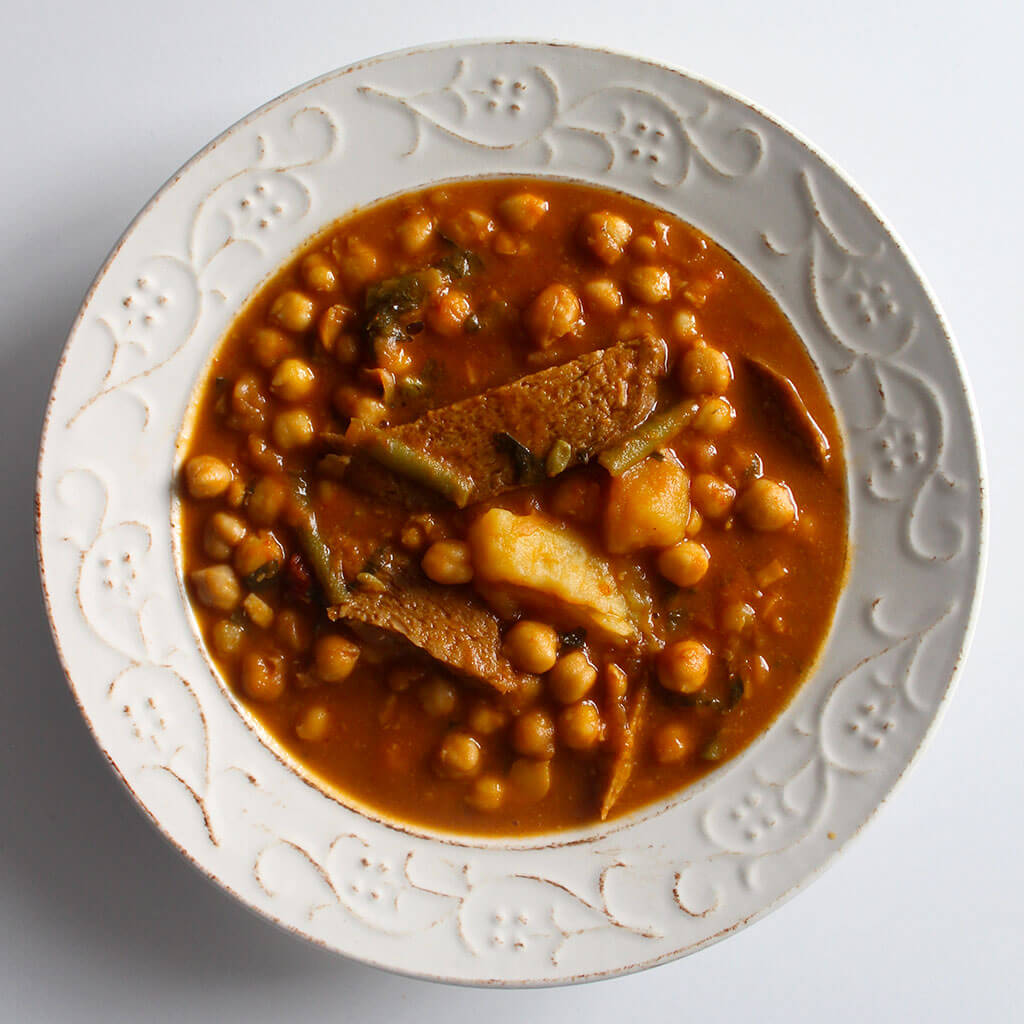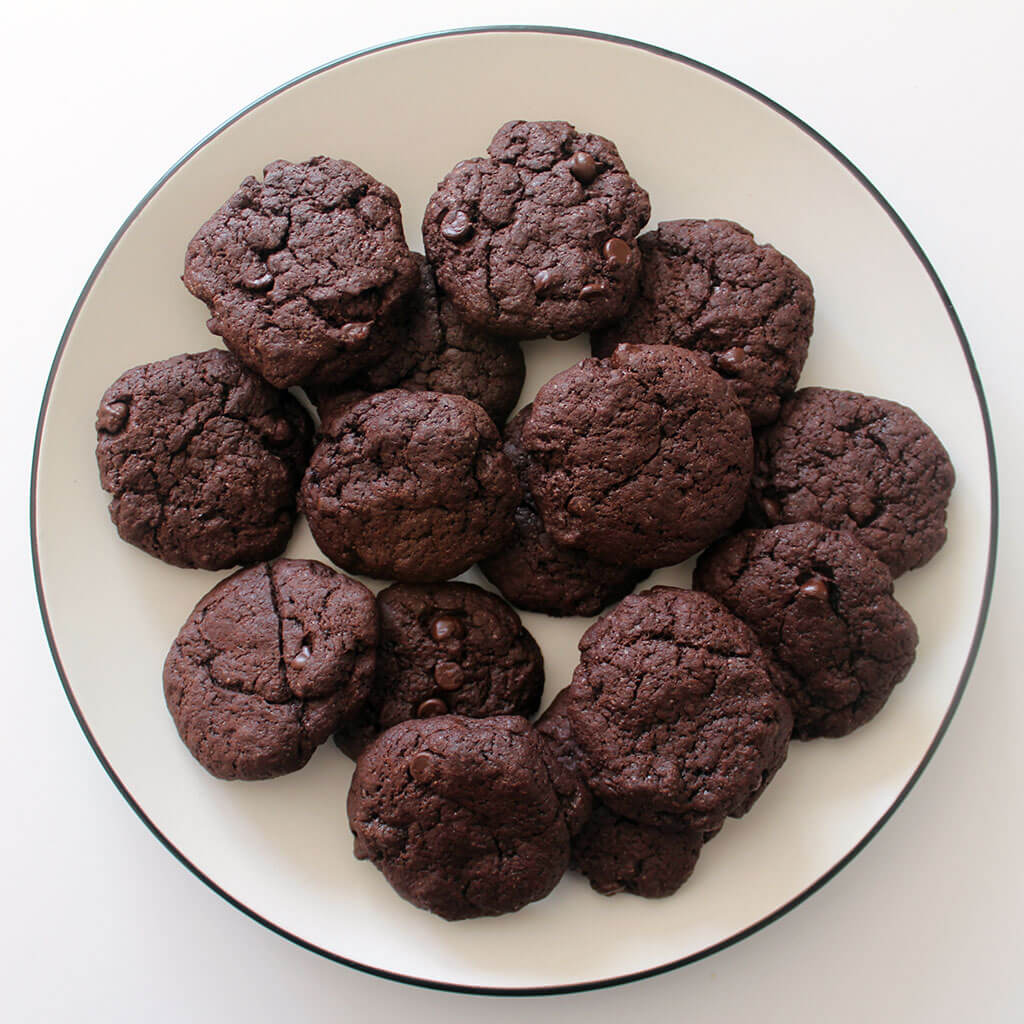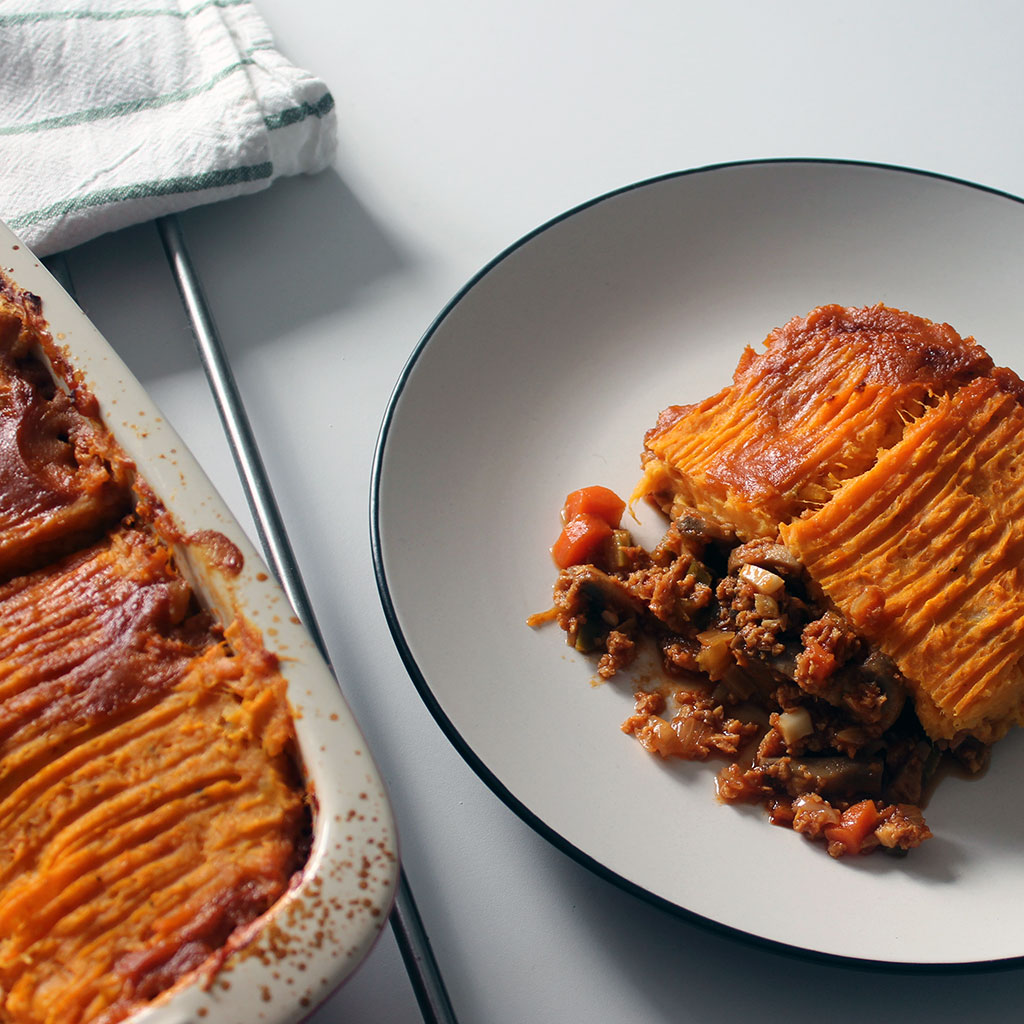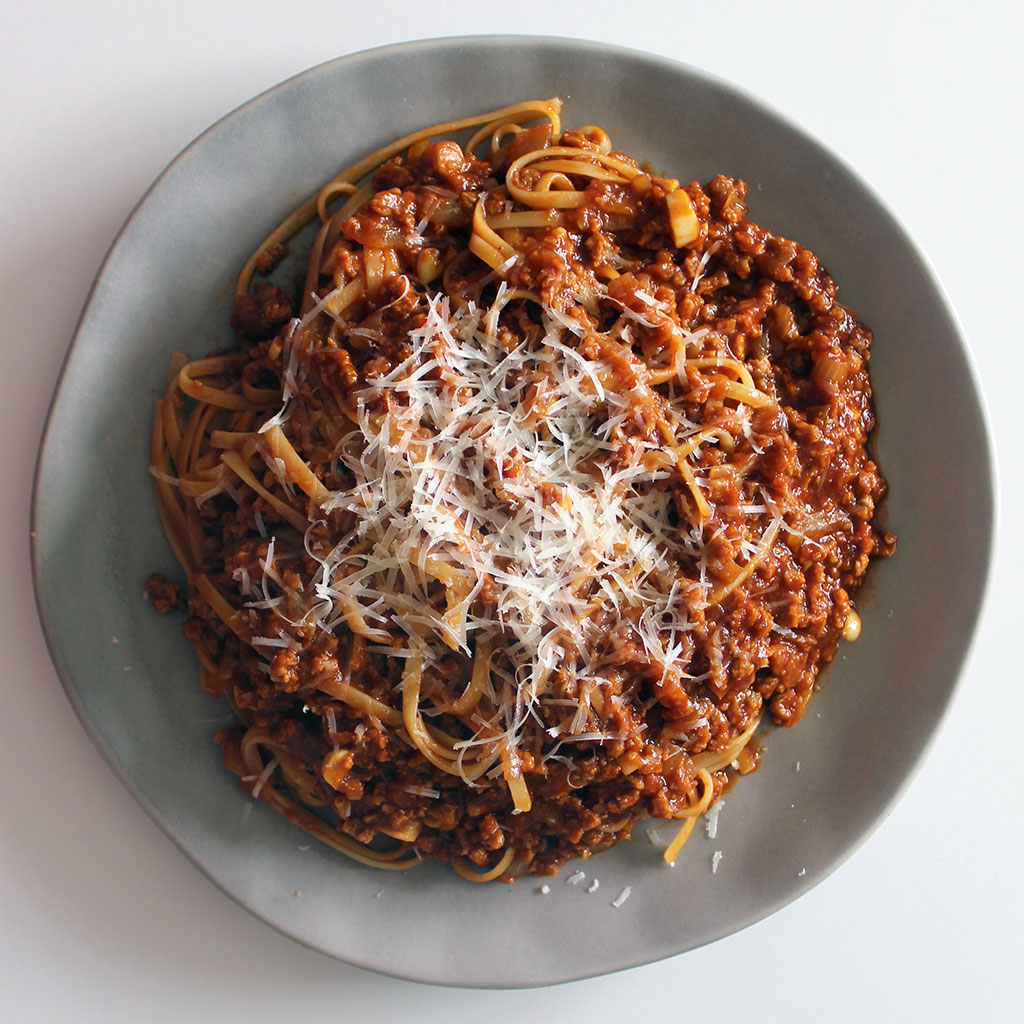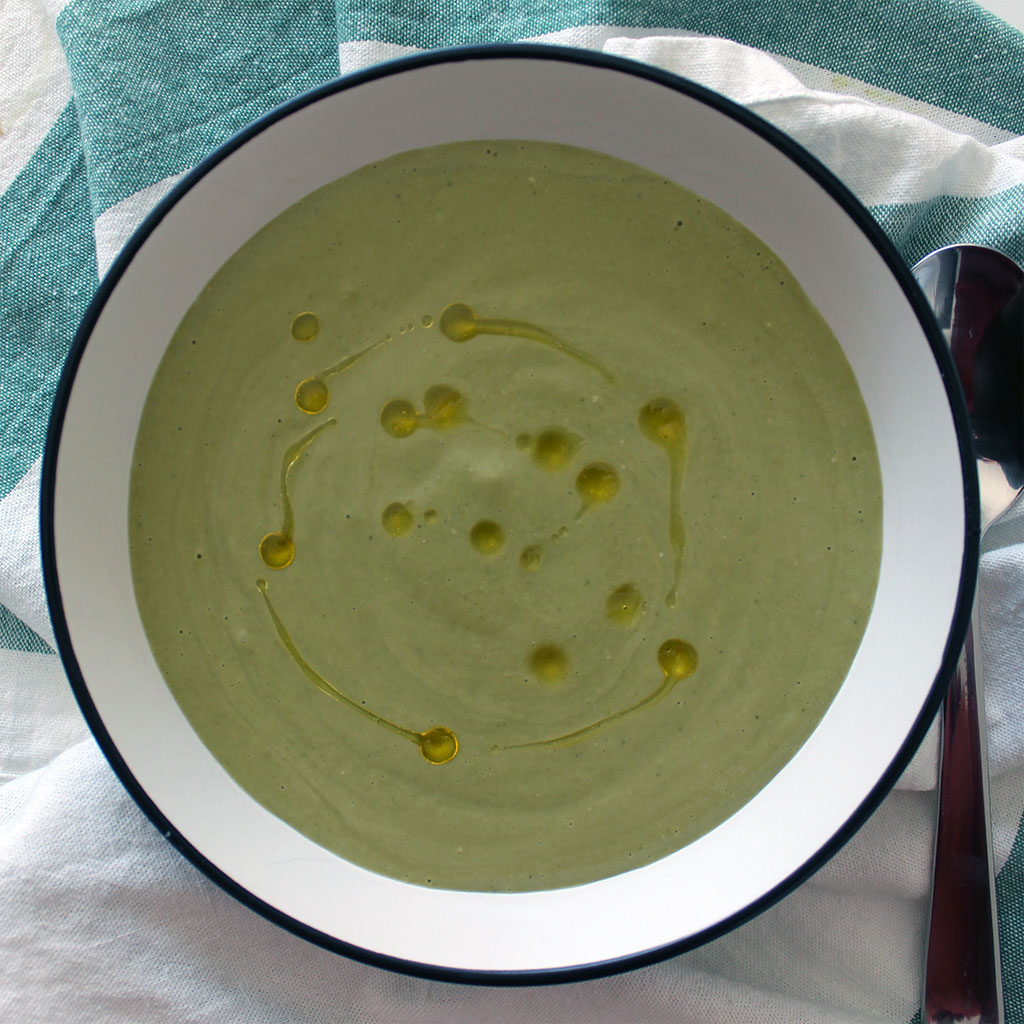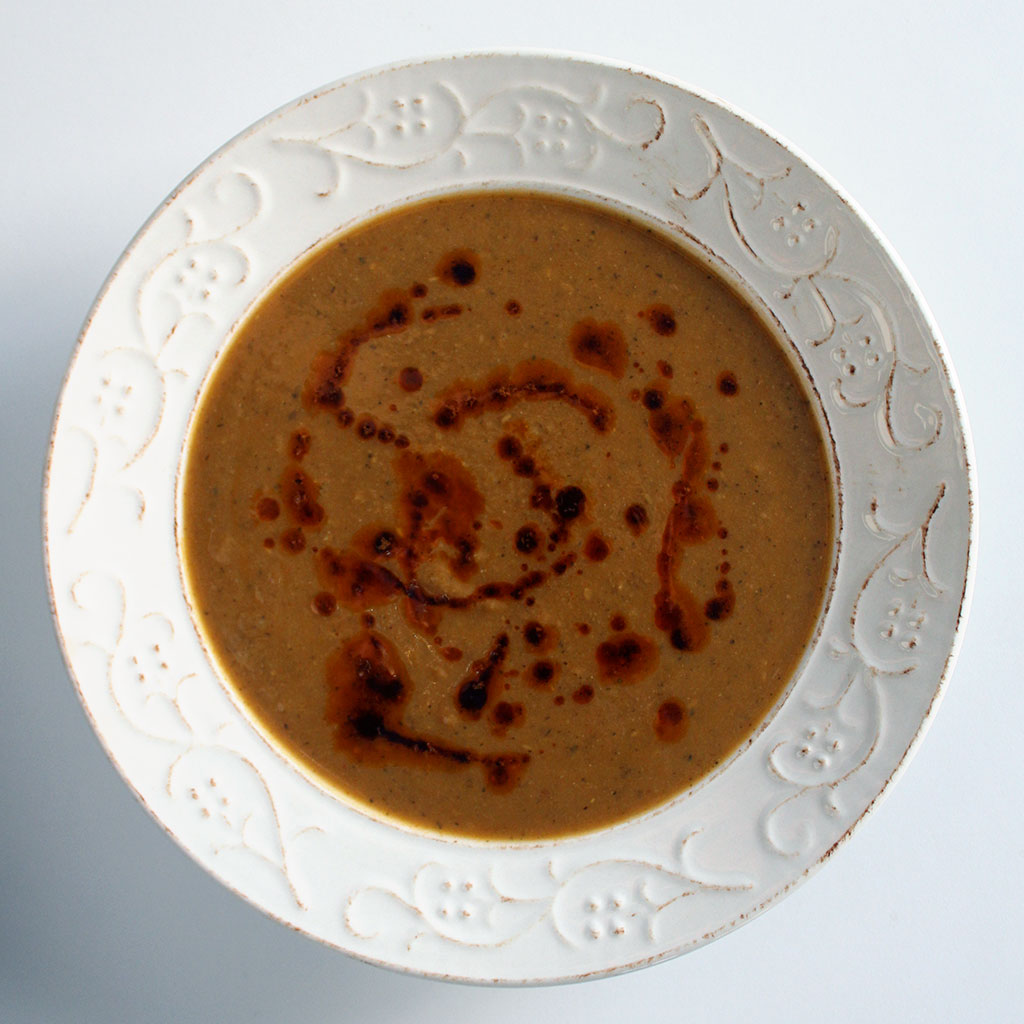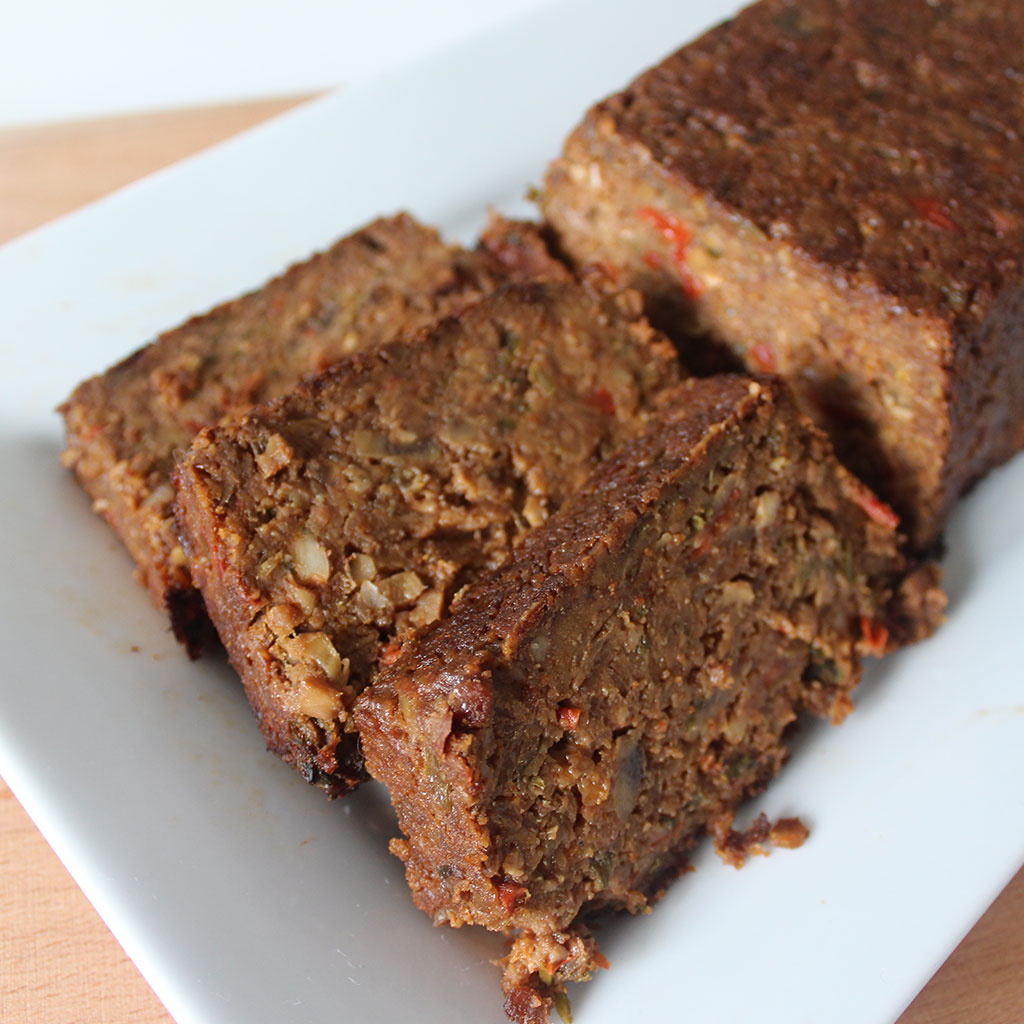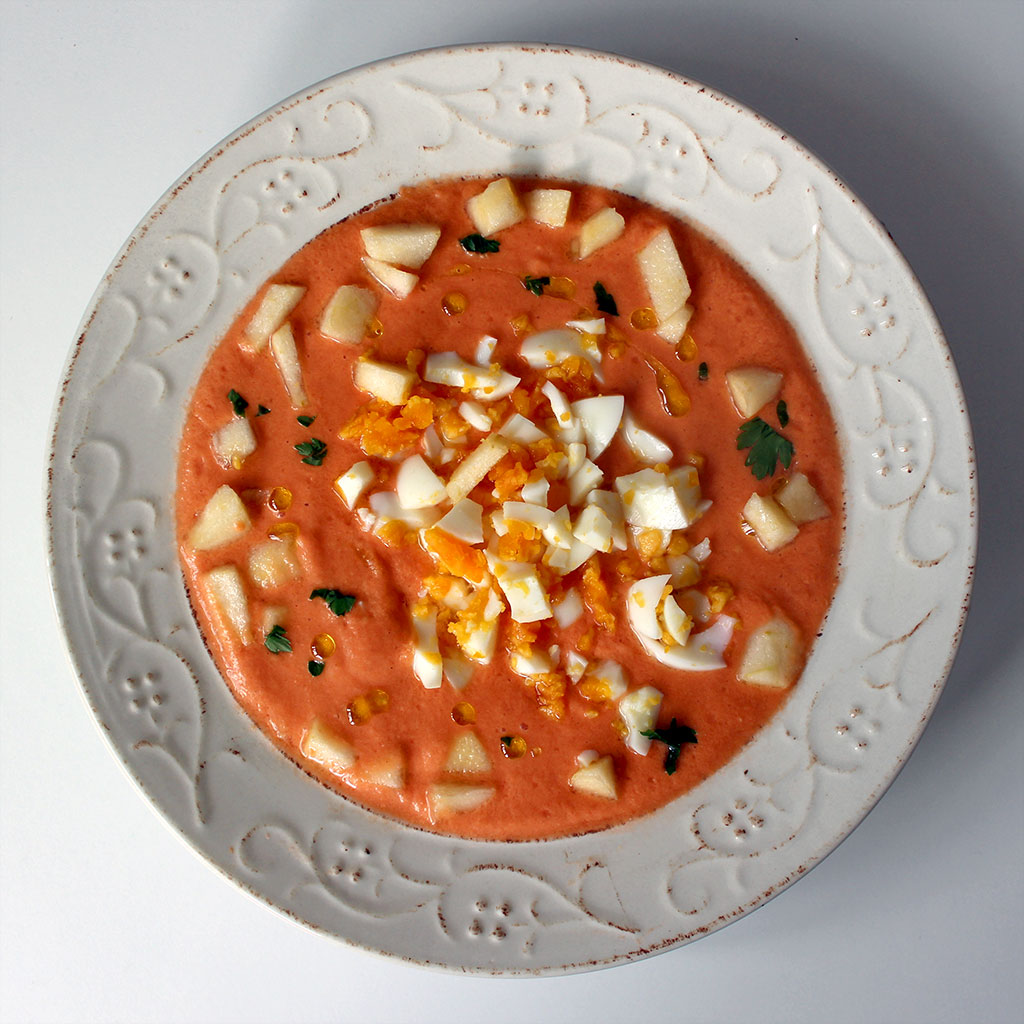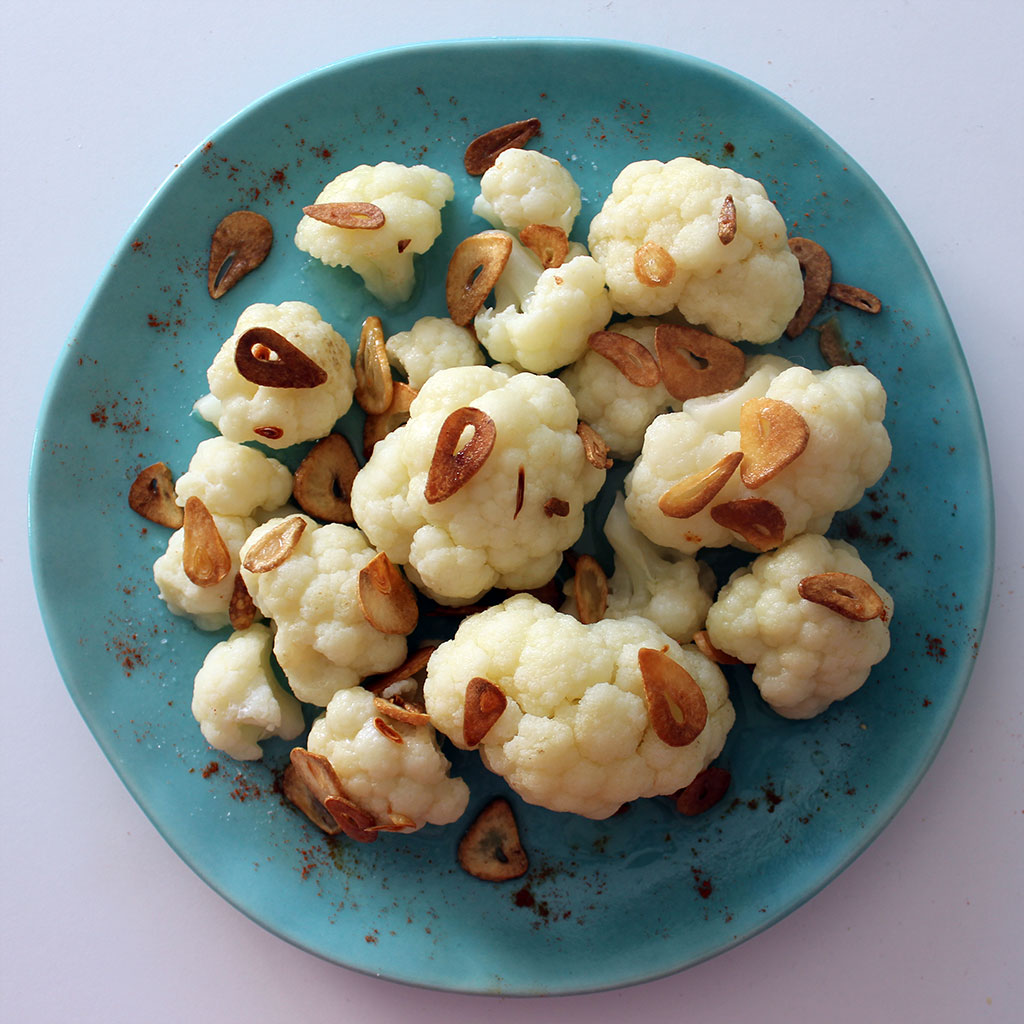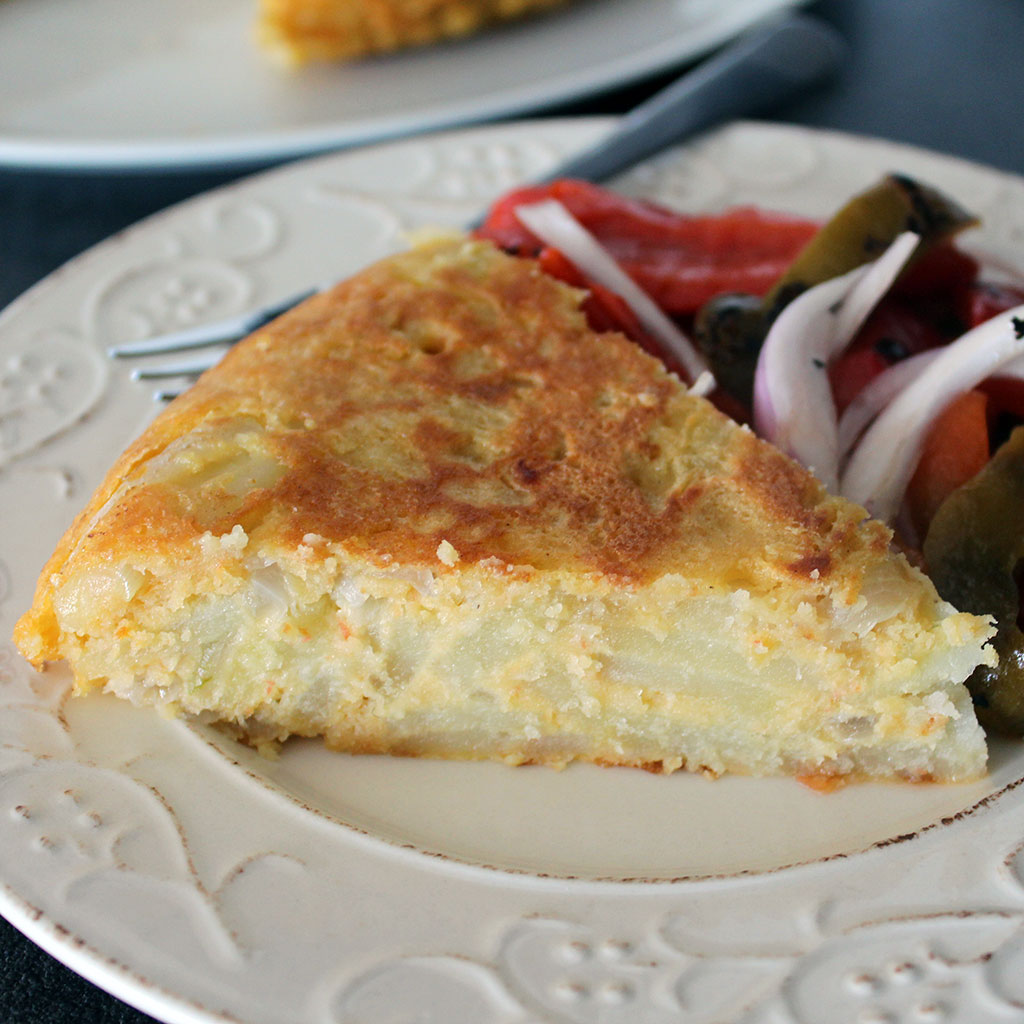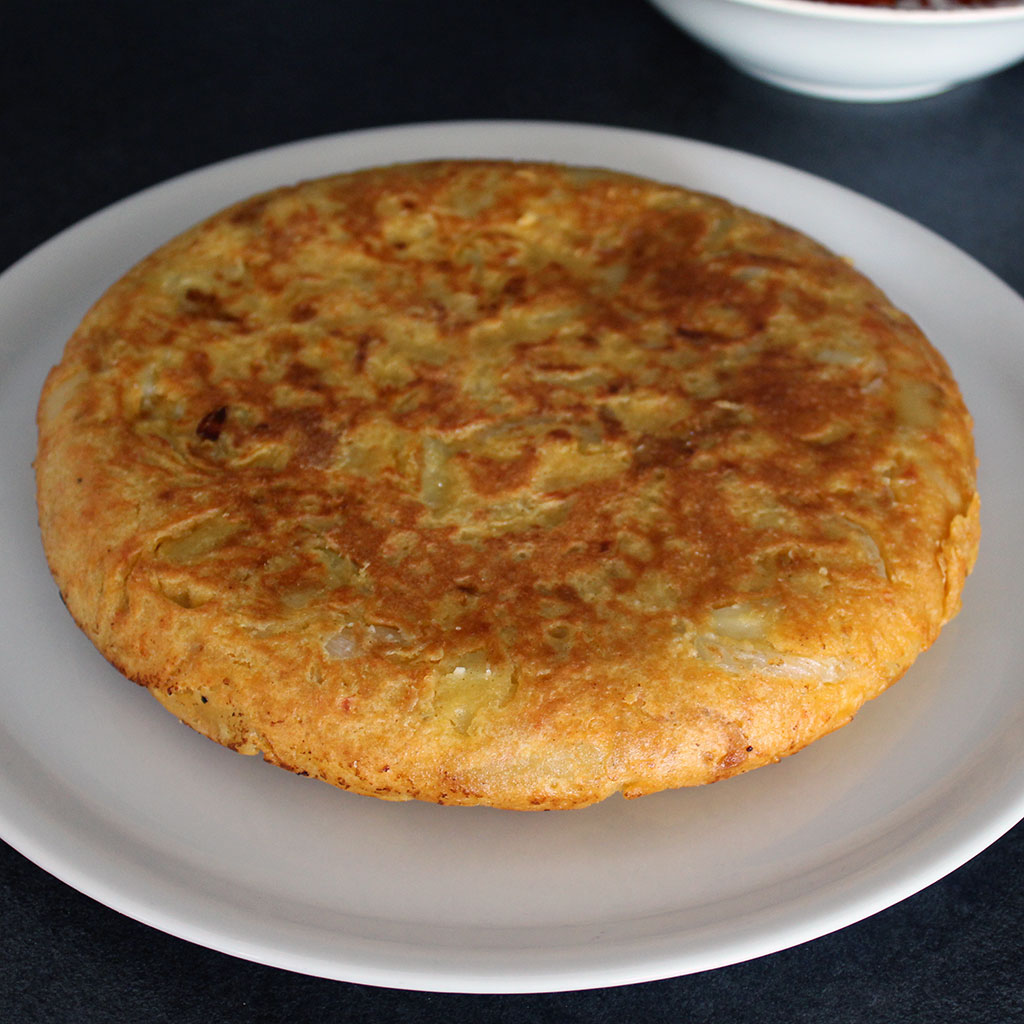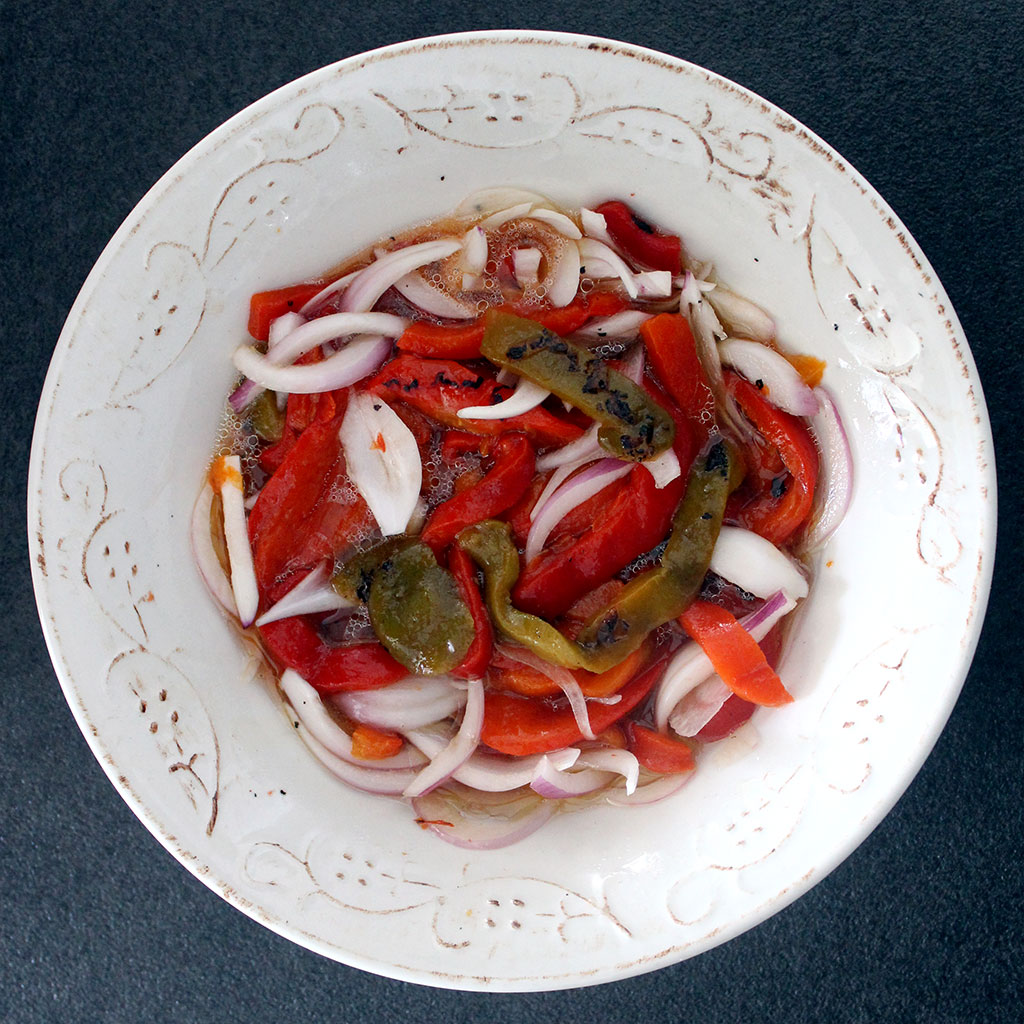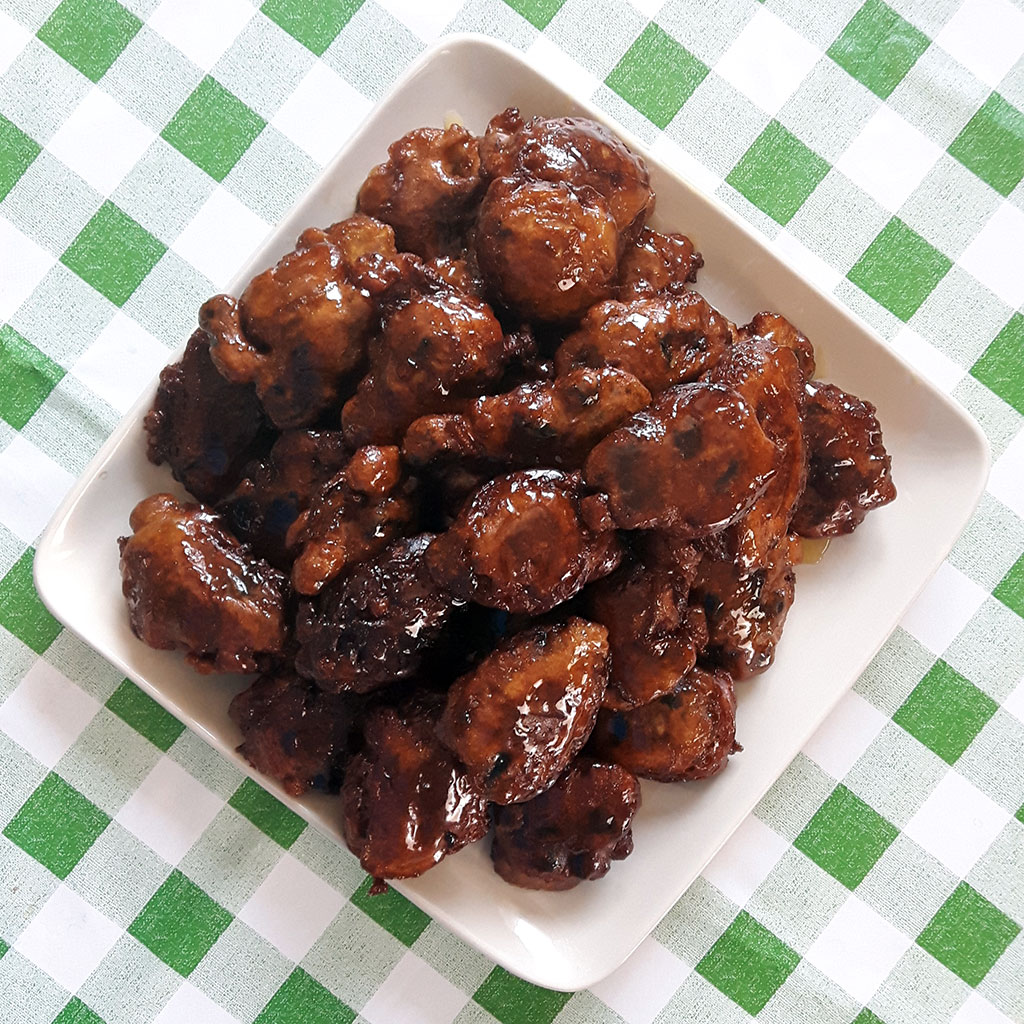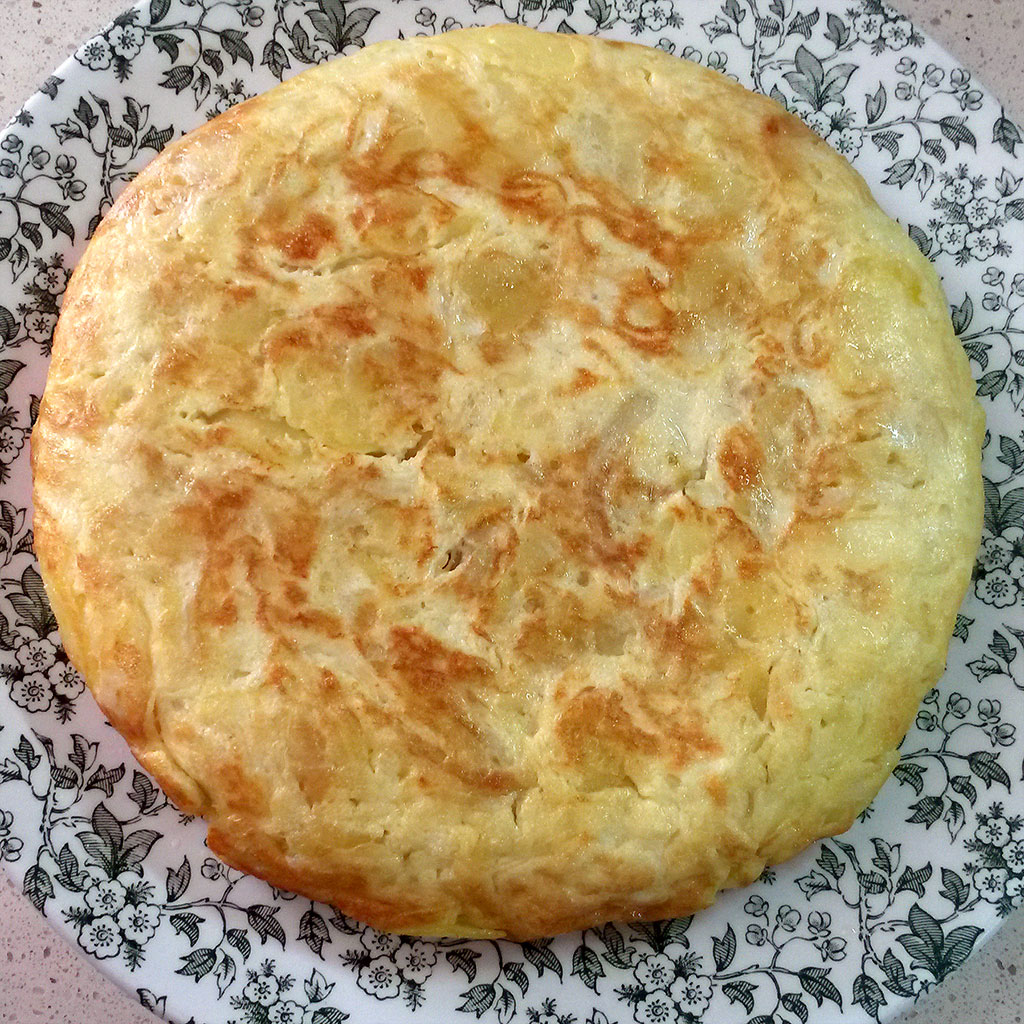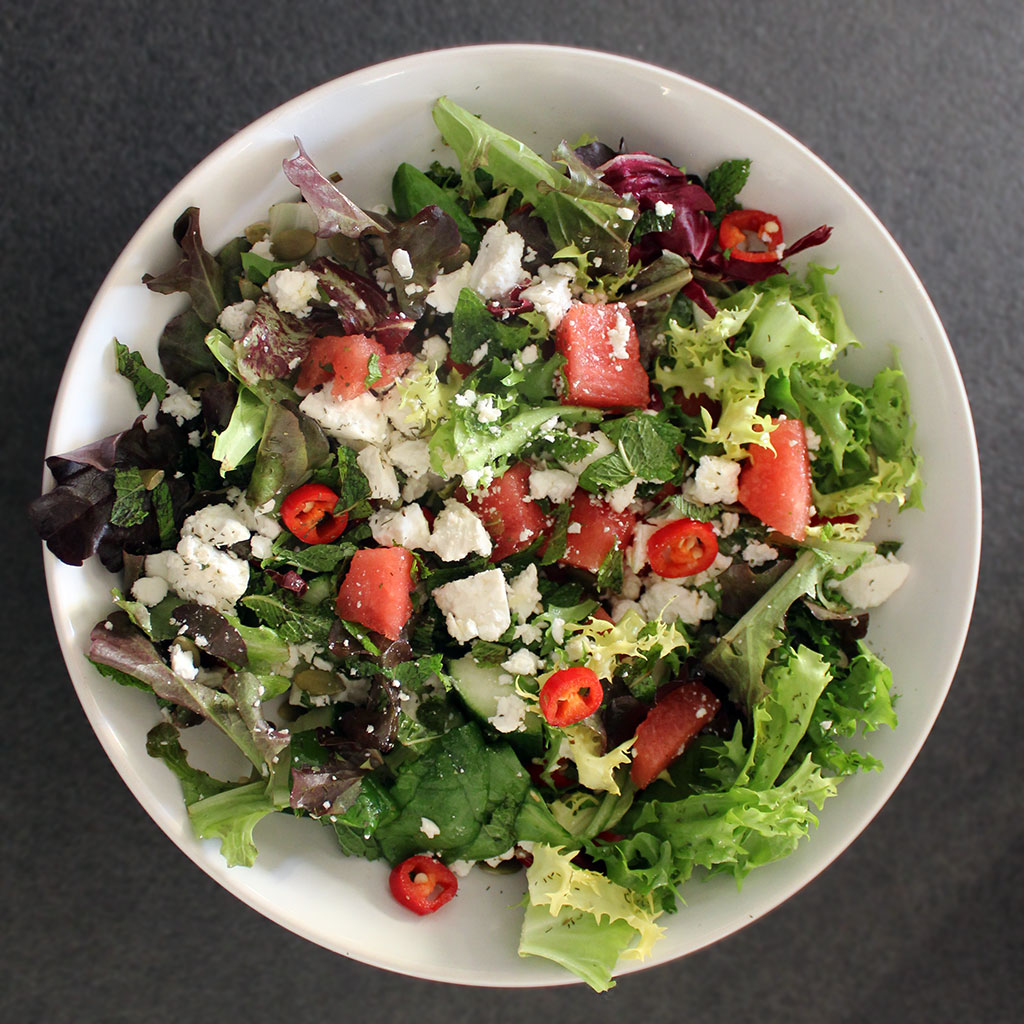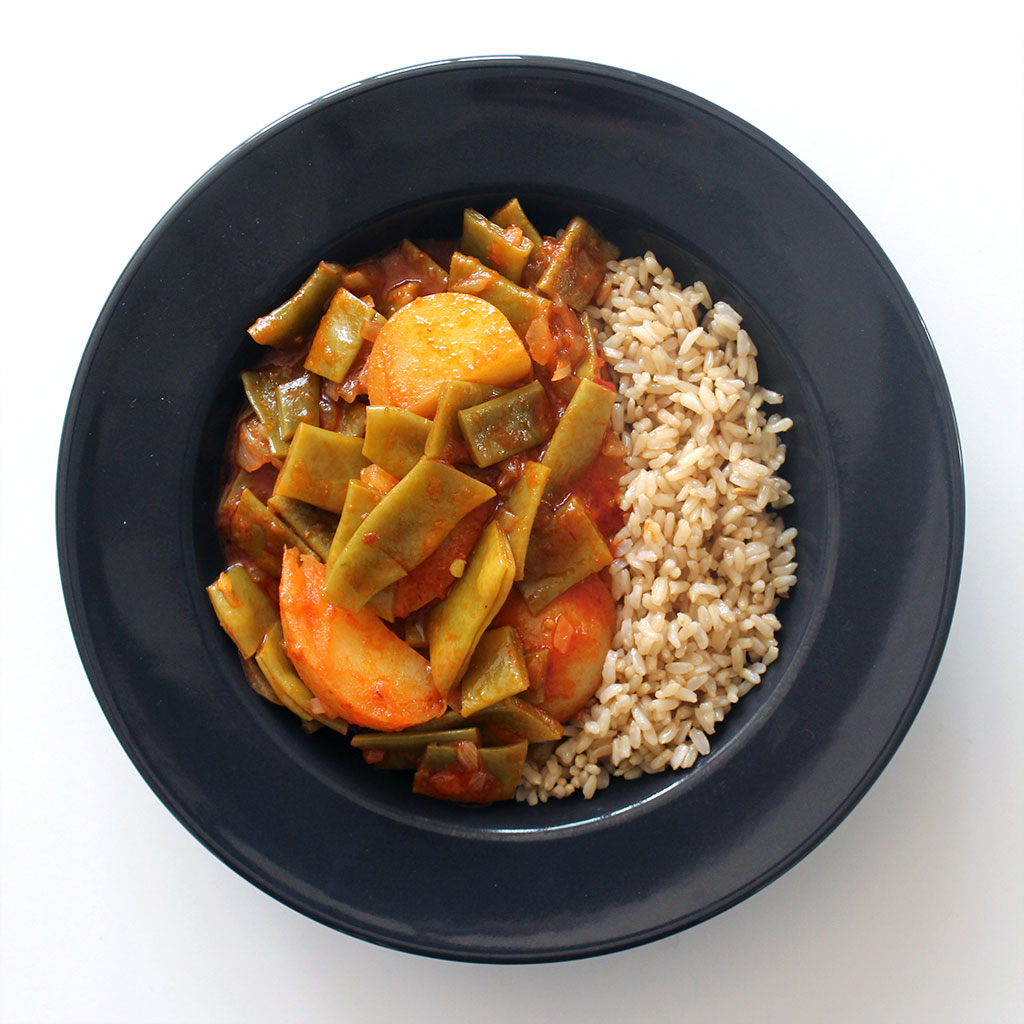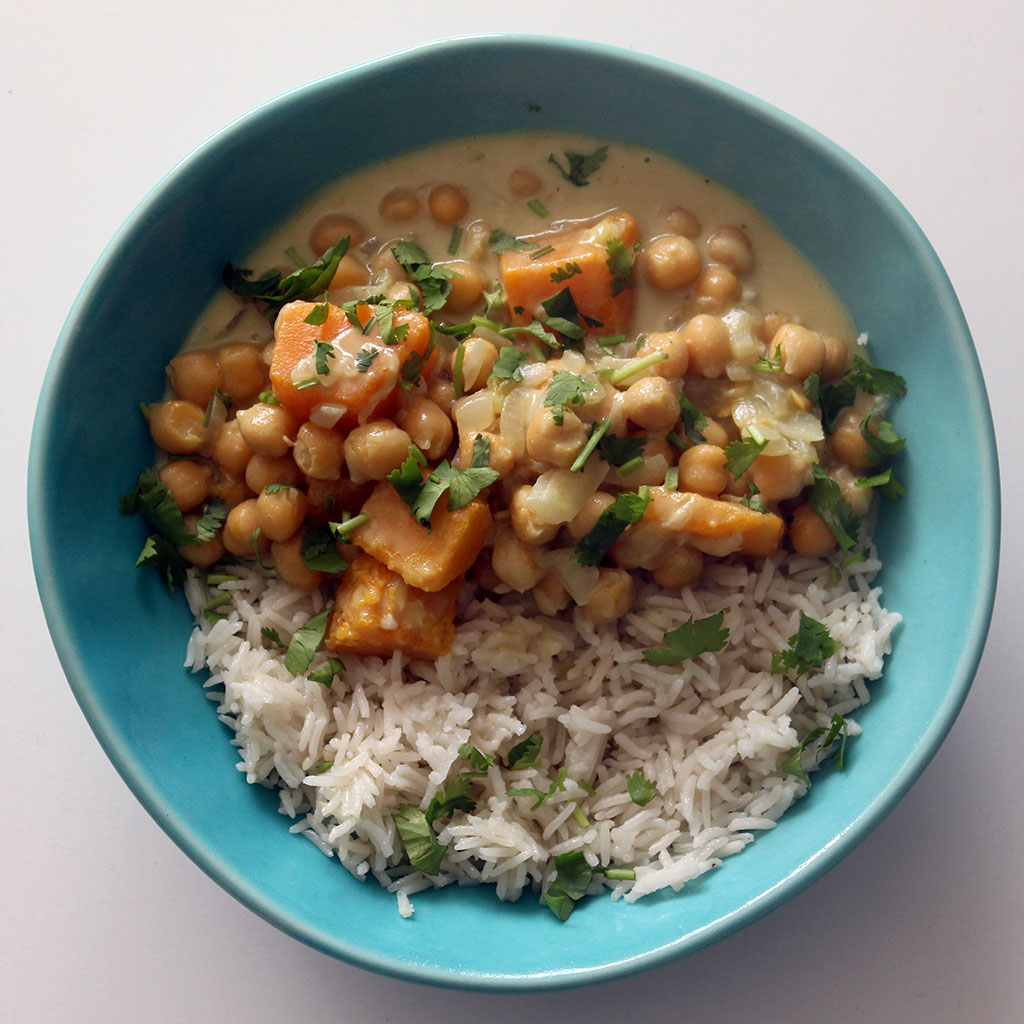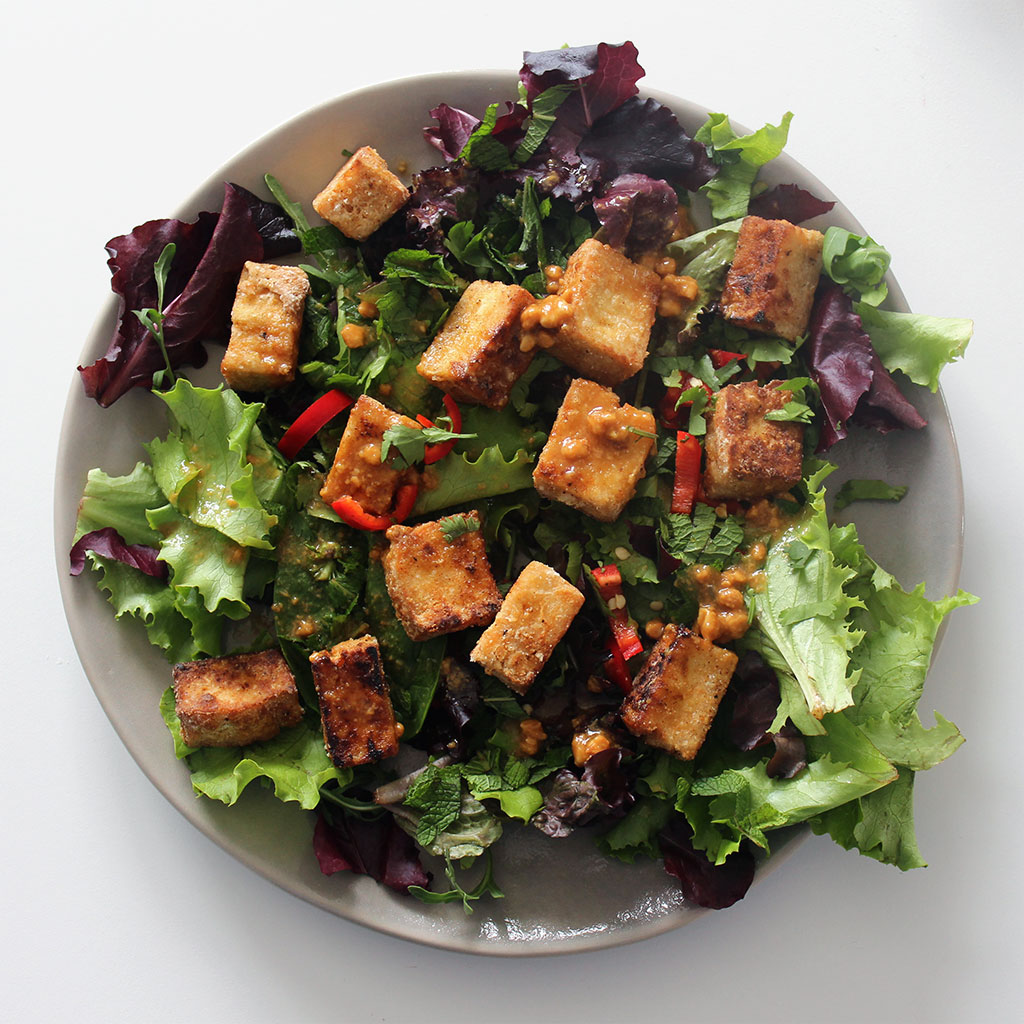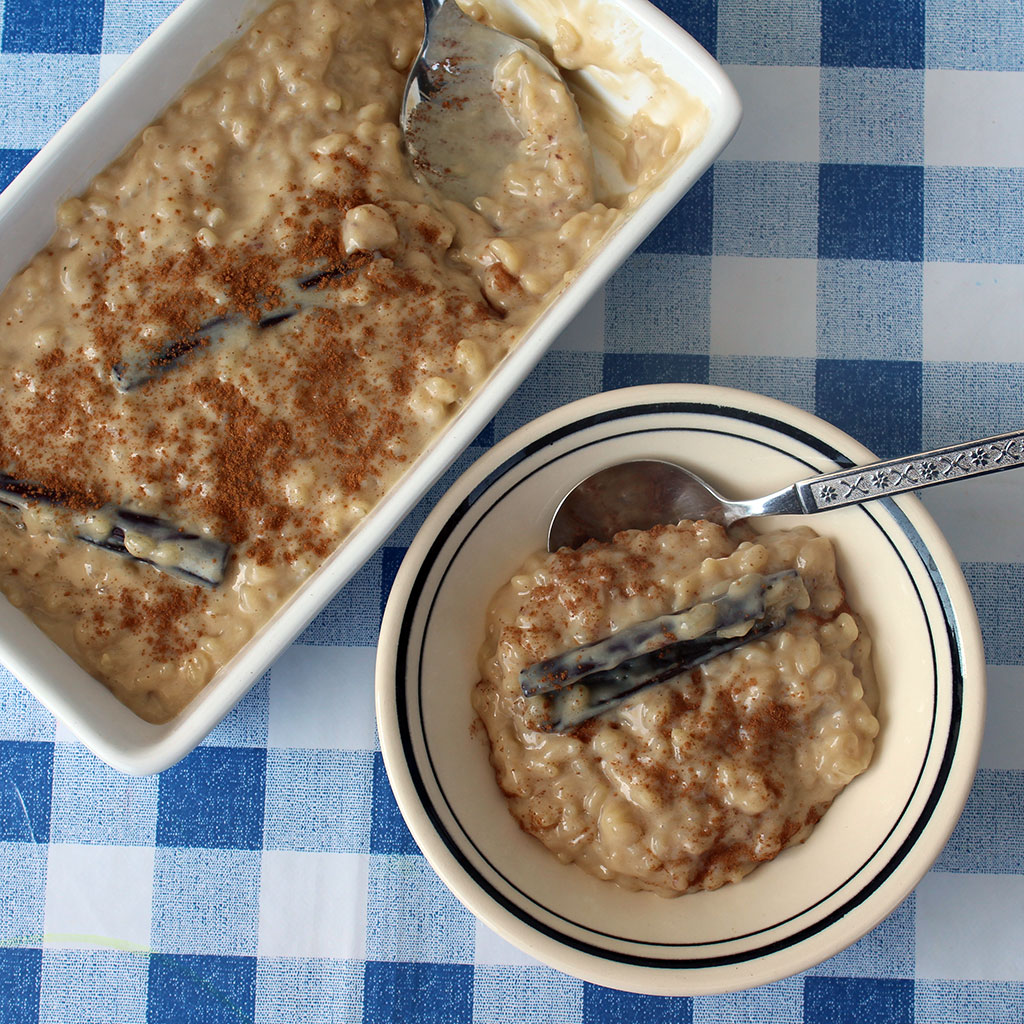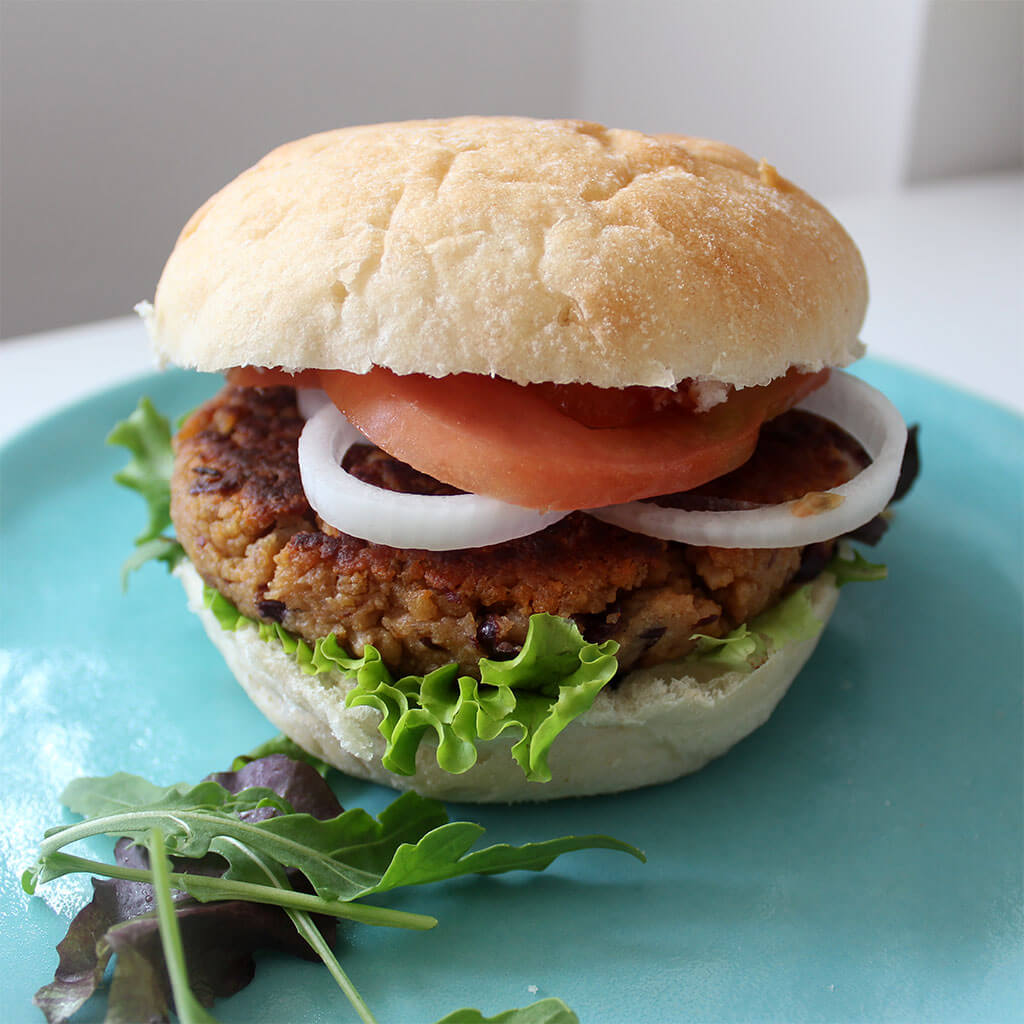
This vegan kidney bean and dried soya mince burger is very tasty and perfect to satisfy any burger craving. It is also perfect for vegetarian and vegan guests if you’re inviting them to a barbecue – there’s no reason to not include them with a tasty burger you’ve made for them. Serve with some vegan mayo and ketchup, salad leaves, tomato and onion and you’re onto a winner!
There are plenty of different types of veggie burger on sale at the supermarket – some with tofu, some are made with broccoli, cauliflower, all sorts of other vegetables but few taste like a traditional burger. Likewise, asking for a veggie burger at a restaurant is a very hit and miss experience, at least in Gibraltar. Just because it doesn’t have any meat doesn’t mean I want vegetable mash in the form of a burger that will completely deform as soon as I bite into it!
That is why I prefer to make veggie burgers myself. It is also very easy and economical, you can make them in advance in batches and freeze them until they are ready to use. This recipe uses kidney beans from a tin, (because what is the point in cooking them just for this!) and also dried soya mince (also known as textured vegetable protein). This can be bought in many supermarkets and health shops. It needs to be hydrated and then it is ready to use. Soya protein mince is also very lean and very high in protein (approximately 50%) so it’s a good ingredient to use in a burger or as a mince replacement in general. To bind all the ingredients together I like to use chickpea flour which acts as an egg binder.
